The Provincial People's Committee is developing a Plan to protect and expand surface water resources for clean water supply until 2025, with a vision to 2030. This plan includes options, tasks, and solutions to ensure water resources for the province's sustainable development.
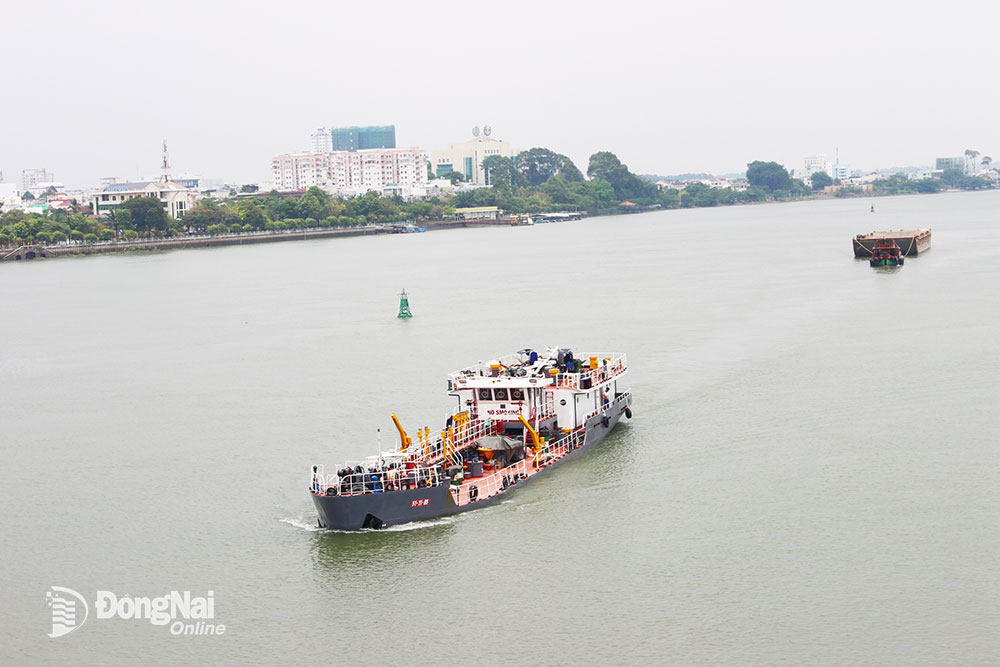 |
| Dong Nai River, the river with the largest water reserves in the province. Photo: B.Mai |
This plan will be completed and submitted to the TVTU Board for consideration as a basis for implementation in the coming time.
* Abundant reserves, good quality
The report on the current status of surface water resources of the Provincial People's Committee shows that Dong Nai has large water reserves, about 26 billion m3 . That is the water source from the river system and irrigation works.
The largest source of surface water is from the Dong Nai River system. Currently, Dong Nai Water Supply Joint Stock Company and its subsidiaries and affiliates; Viet Thang Long Company Limited are exploiting raw water, treating and supplying clean water to most urban areas, industrial zones and some rural areas of the province. In addition, some clean water supply companies for Ho Chi Minh City also have river water exploitation plants in the province.
The second largest surface water source is the system of 18 lakes and dams. Currently, Dong Nai Irrigation Works Exploitation Company Limited exploits raw water to supply clean water treatment units. Some licensed enterprises directly exploit it to supply clean water to rural areas, partly to industry and urban areas.
And the water source from Tri An hydroelectric lake is currently exploited by Gia Tan Water Supply Joint Stock Company, supplying water to urban areas, industrial parks and rural areas in the districts: Thong Nhat, Dinh Quan, Cam My and Long Khanh City.
Mr. Huynh Tan Loc, Deputy Director of the Department of Construction, said that the results of the investigation and assessment showed that Dong Nai is a province with abundant surface water reserves. The exploitation capacity for clean water supply accounts for a very small proportion compared to the existing resources. Therefore, the surface water reserves for socio-economic development are not a cause for concern.
Regarding quality, in recent years the province has invested in a monitoring network system and many projects to prevent and stop environmental pollution, so water quality has improved over the years.
Mr. Tran Trong Toan, Deputy Director of the Department of Natural Resources and Environment, said that in 2022, the authorities conducted monitoring at 166 locations of rivers, streams, and lakes in the province. The results showed that the quality of surface water was quite good, and some previously polluted areas had improved. This proves that pollution prevention and control activities have brought positive results.
Because of the abundant water resources and increasingly better quality, in recent years the province has advocated reducing and eventually stopping the exploitation of groundwater in areas where surface water can be developed. This solution both effectively exploits surface water resources and reduces the depletion and degradation of groundwater resources.
* Expanding surface water resources
Although it is assessed to have abundant surface water resources, in the face of unusual changes in natural disasters and climate, the Provincial People's Committee has developed many programs and plans to protect water resources. These are the Clean Water Supply Project for the period 2021-2025, the List of restricted areas for groundwater exploitation, the List and scope of water source protection corridors in Dong Nai province and the Plan to protect and expand surface water resources for clean water supply until 2025, with a vision to 2030.
| Dong Nai has 18 rivers, 55 streams, 18 reservoirs with a water reserve of about 26 billion m3 . It is expected that from now until 2035, the province will invest in 10 more reservoirs with a capacity of about 46 million m3 . |
In this plan, the province sets out the task of investing in the construction of 10 irrigation reservoirs to serve agricultural production combined with domestic water supply, with a capacity of about 46 million m3 , costing more than 3 trillion VND from the budget and socialized sources. Along with that, it is necessary to review, dredge and renovate a number of lakes and dams to increase water storage capacity. Recently, the Provincial People's Committee proposed the Government to allow the establishment of a research project on dredging the lakes.
Tri An.
Along with that are solutions to protect water quality. Specifically, do not plan to develop industrial projects, livestock, trade and services, and concentrated residential areas near water sources. Thoroughly handle environmental black spots such as mineral exploitation and landfills. Relocate livestock and production facilities that are at risk of polluting water sources. Strictly control waste sources, especially wastewater discharge into water sources.
Vice Chairman of the Provincial People's Committee Vo Van Phi said that the ultimate goal of this plan is to ensure clean water for all people and socio-economic development activities of the province. Storing water resources to proactively respond to natural disasters and climate change. Reducing degradation and depletion of water resources and gradually restoring ecosystems.
Sharing at the recent conference summarizing 10 years of implementing the Resolution on proactively responding to climate change, strengthening resource management and environmental protection, Party Central Committee member and Provincial Party Secretary Nguyen Hong Linh emphasized that water is a particularly important resource for development, and in the future, any region that can ensure water security will have an advantage.
The Provincial Party Secretary requested the Party Committee of the Provincial People's Committee to promptly complete and submit to the Standing Committee a plan to protect and expand the province's water resources. This plan must be integrated into the provincial and local planning; and set out the tasks, solutions and responsibilities of each department, branch and Party Committee in maintaining clean water resources for the future.
Morning
.
Source link


![[Photo] National Assembly Chairman Tran Thanh Man attends the ceremony to celebrate the 1015th anniversary of King Ly Thai To's coronation](https://vstatic.vietnam.vn/vietnam/resource/IMAGE/2025/4/13/6d642c7b8ab34ccc8c769a9ebc02346b)
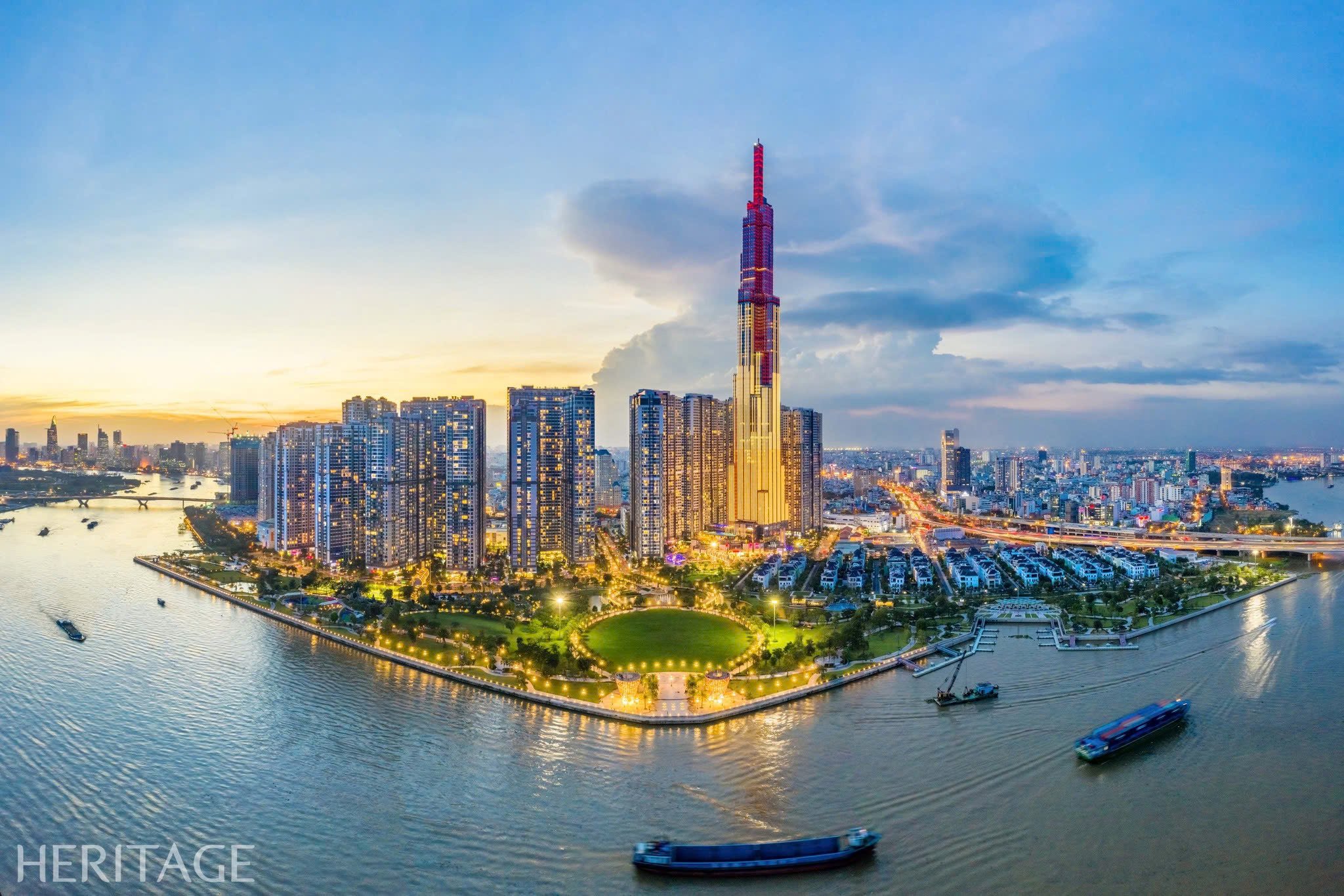
![[Photo] Touching images recreated at the program "Resources for Victory"](https://vstatic.vietnam.vn/vietnam/resource/IMAGE/2025/4/14/99863147ad274f01a9b208519ebc0dd2)
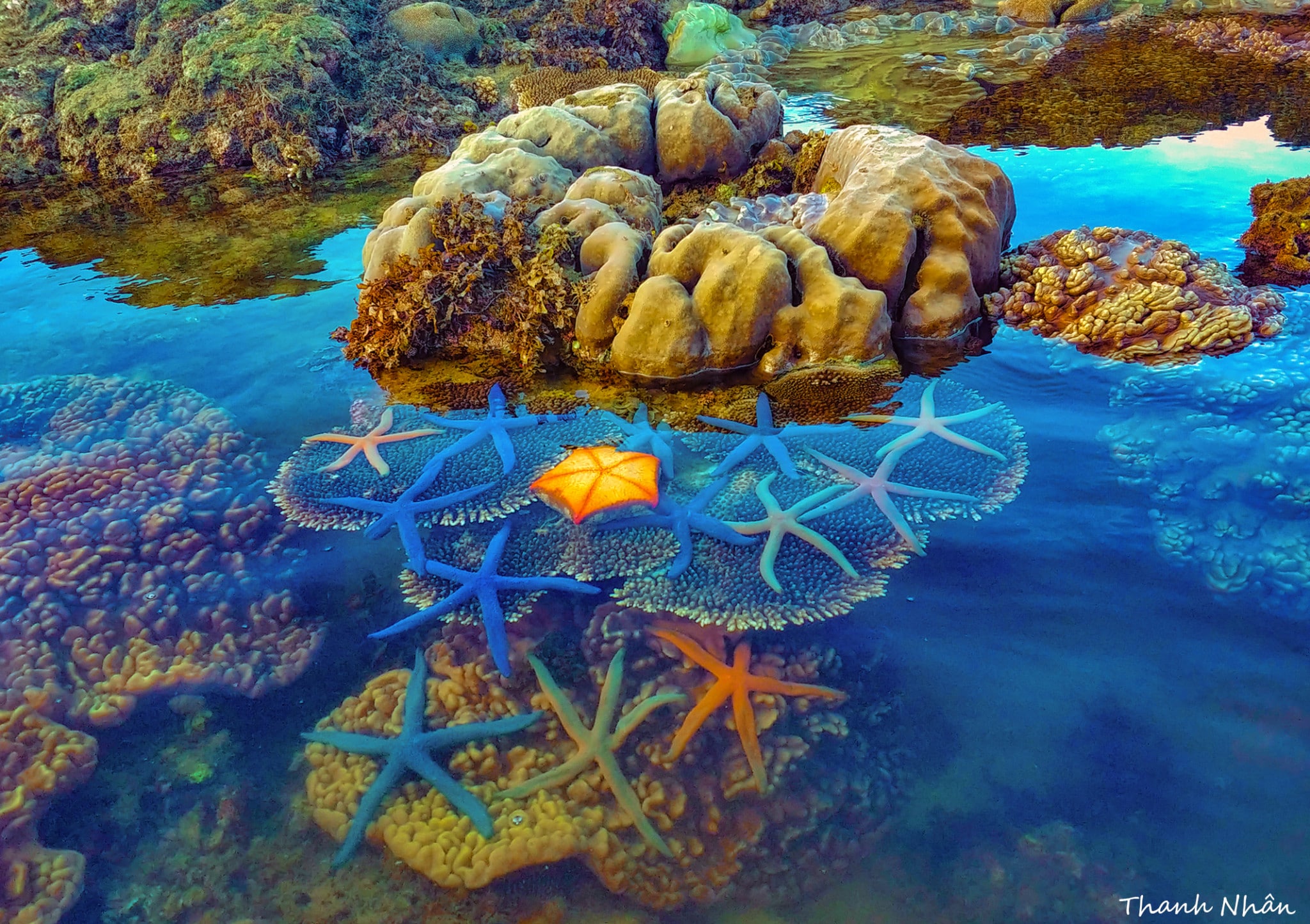
![[Photo] Children's smiles - hope after the earthquake disaster in Myanmar](https://vstatic.vietnam.vn/vietnam/resource/IMAGE/2025/4/14/9fc59328310d43839c4d369d08421cf3)

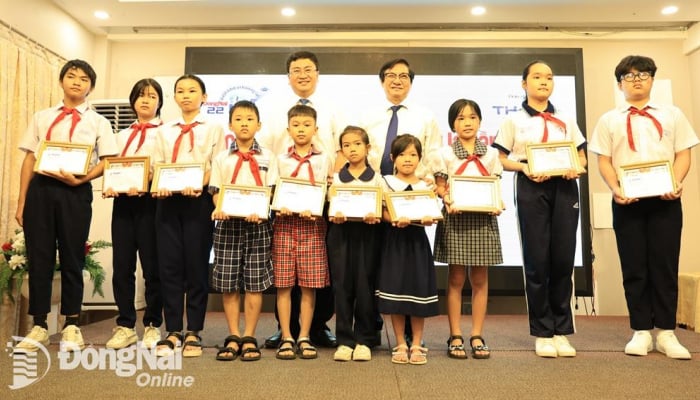

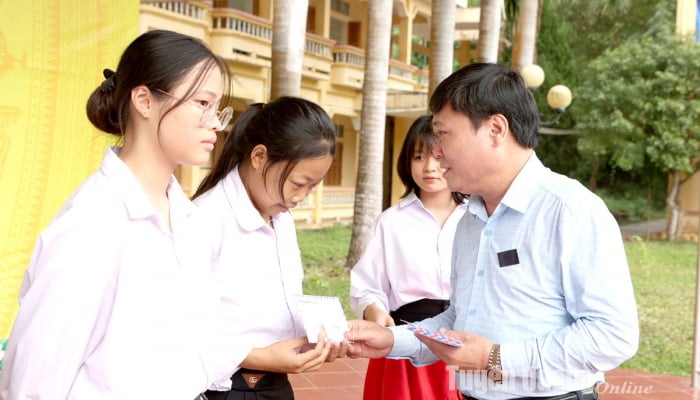
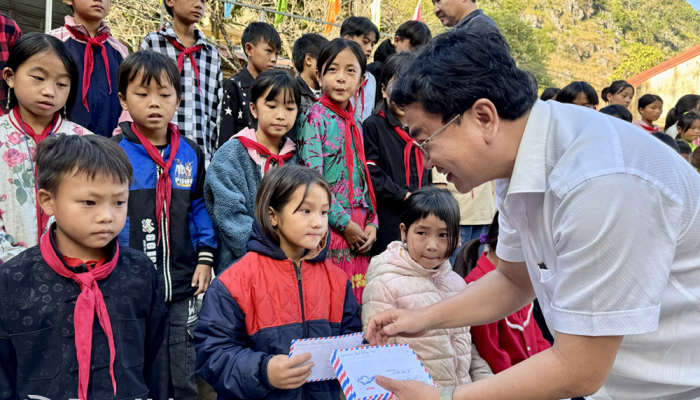
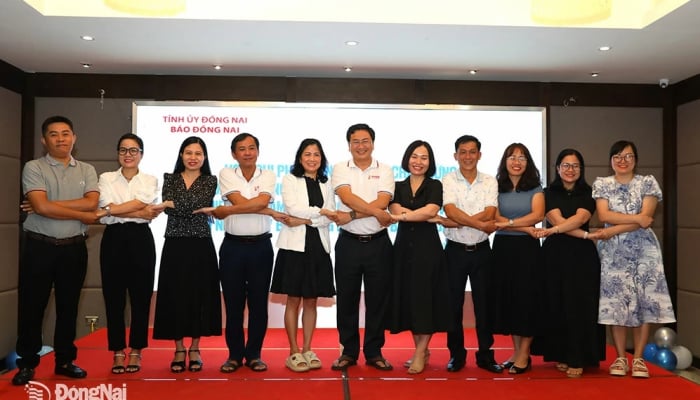
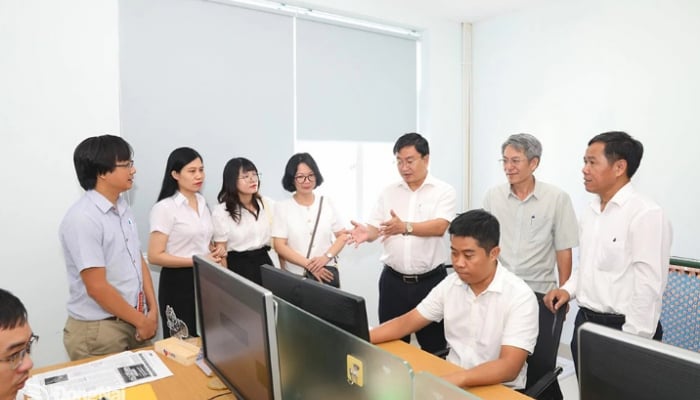
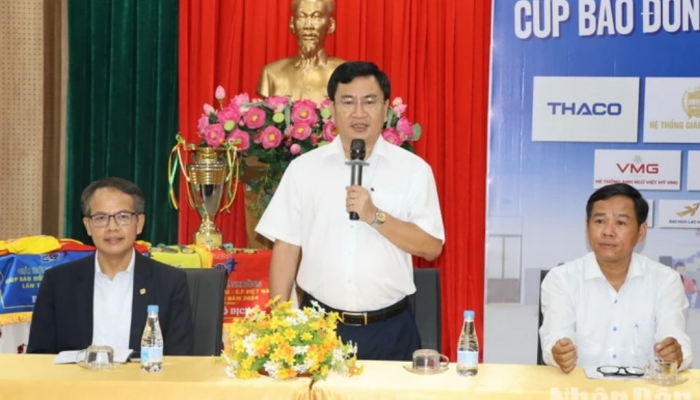

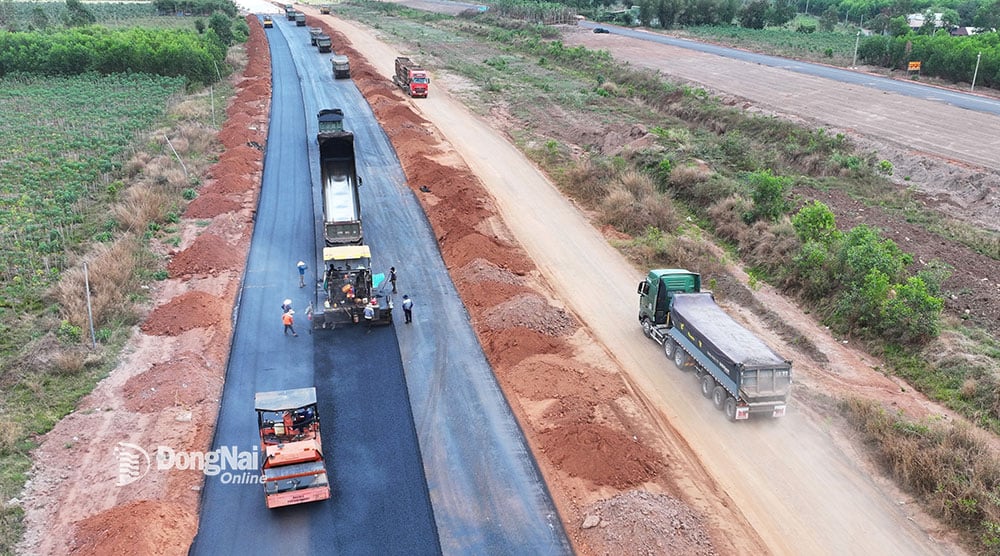

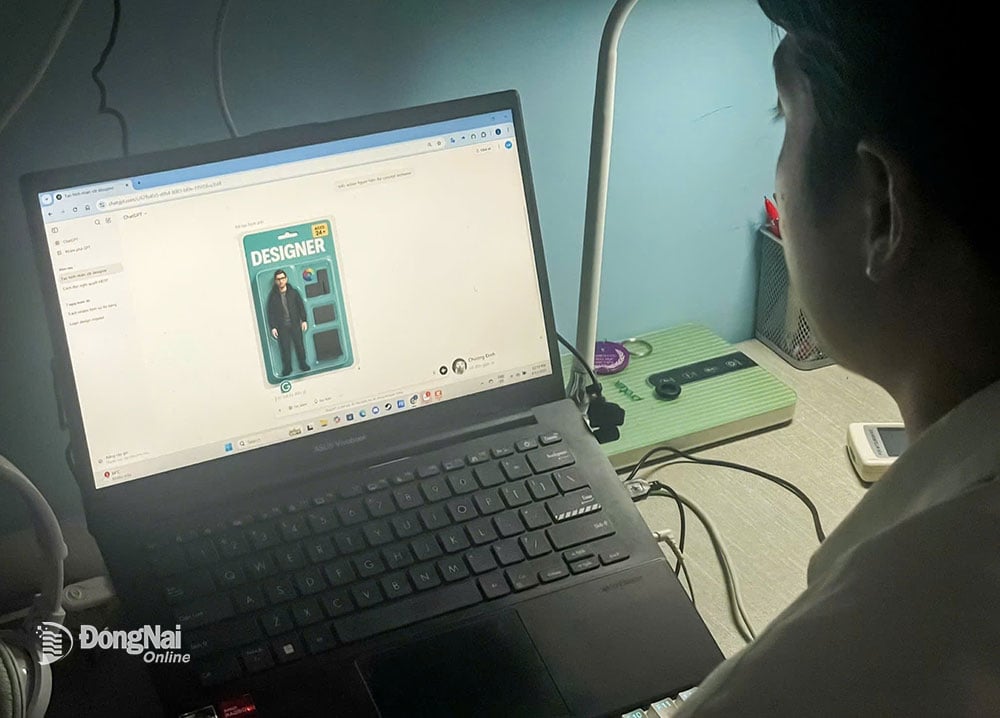
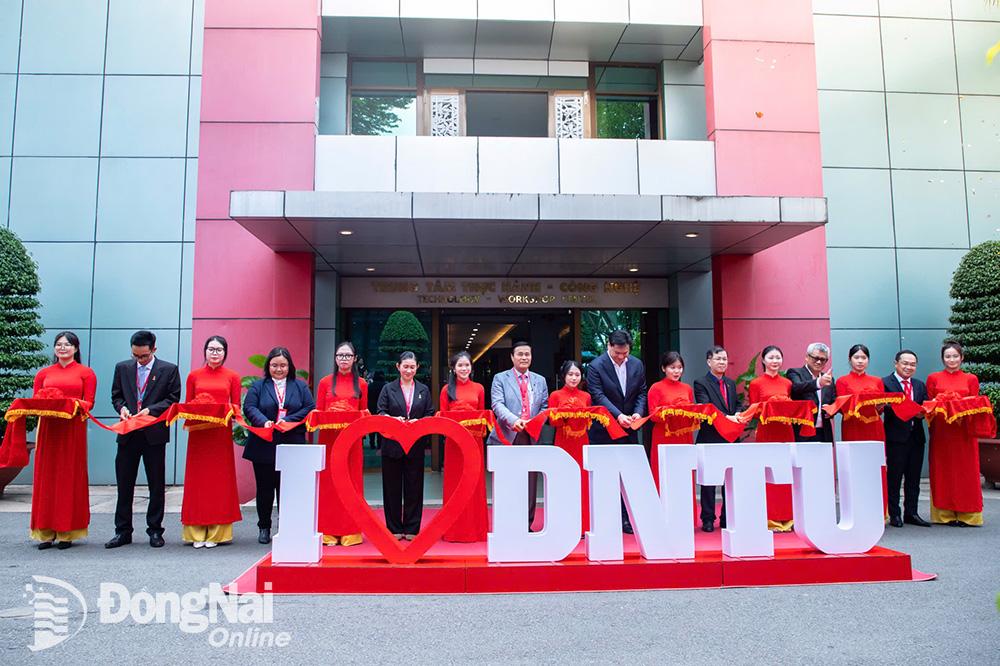
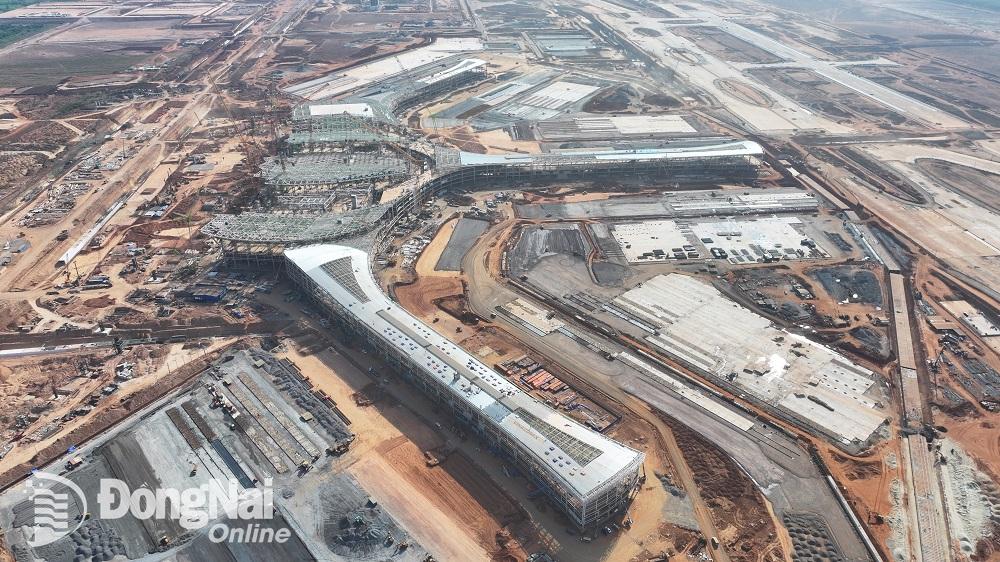

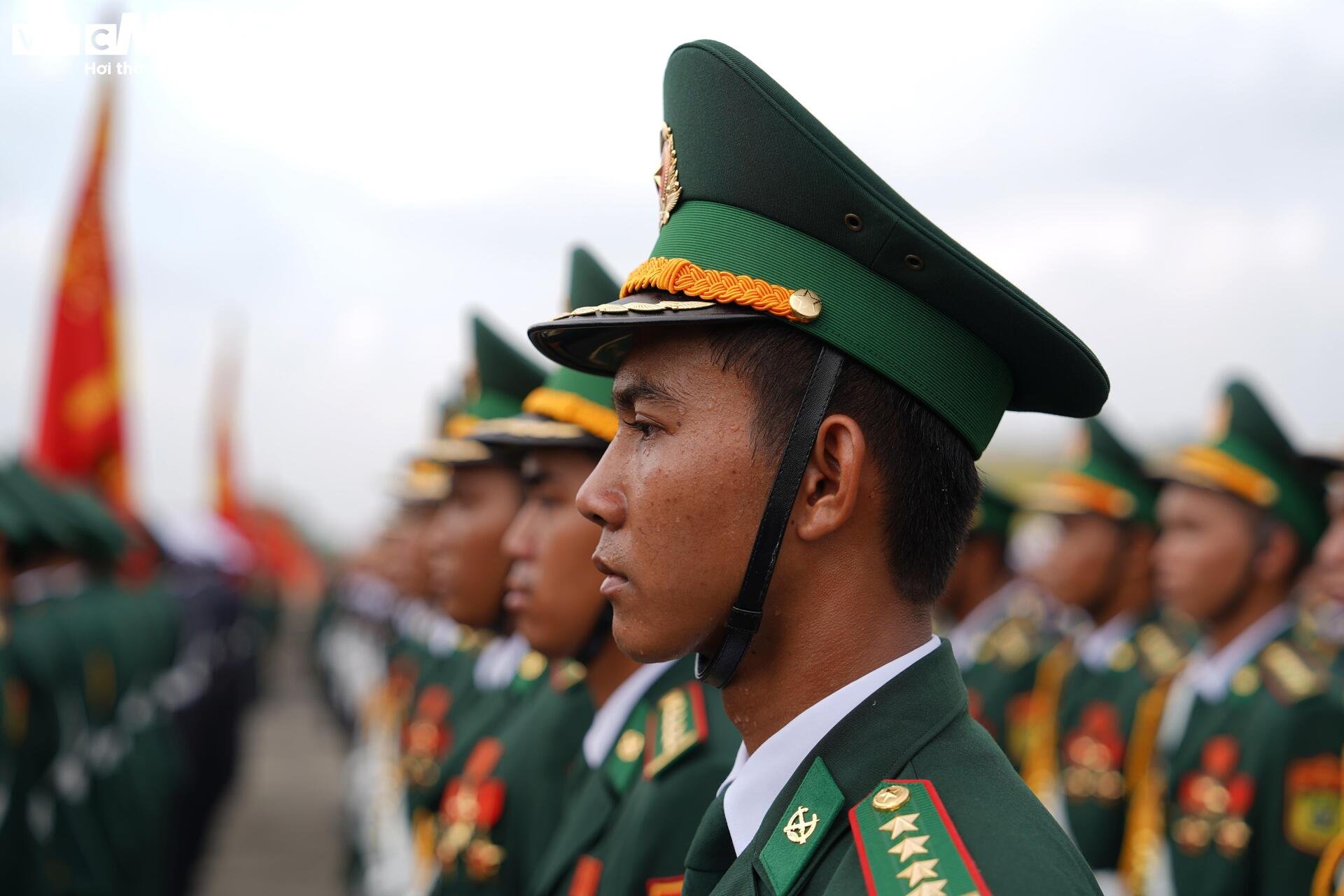

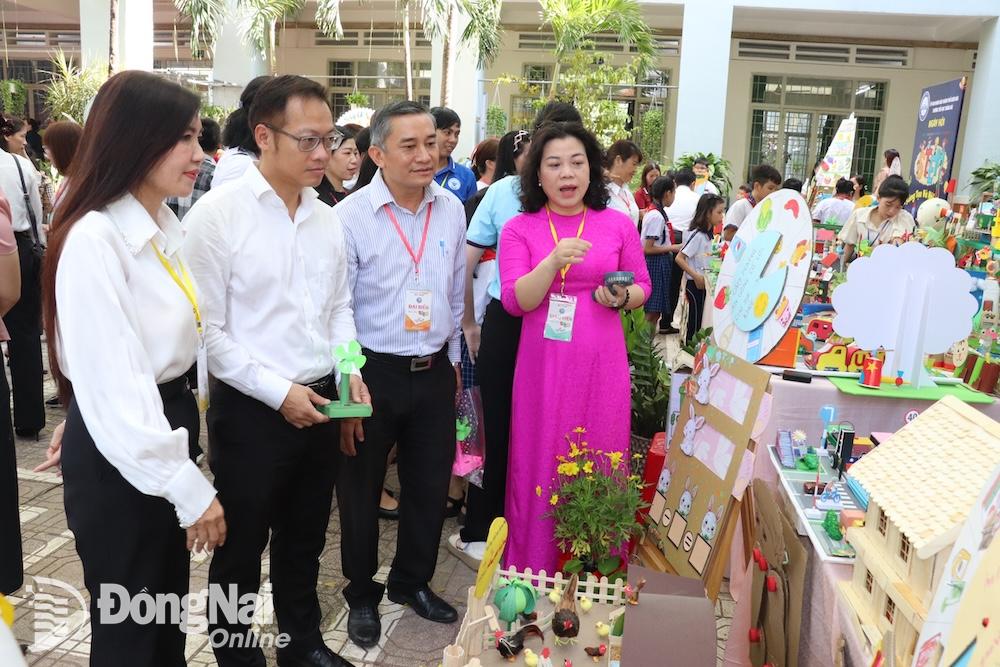
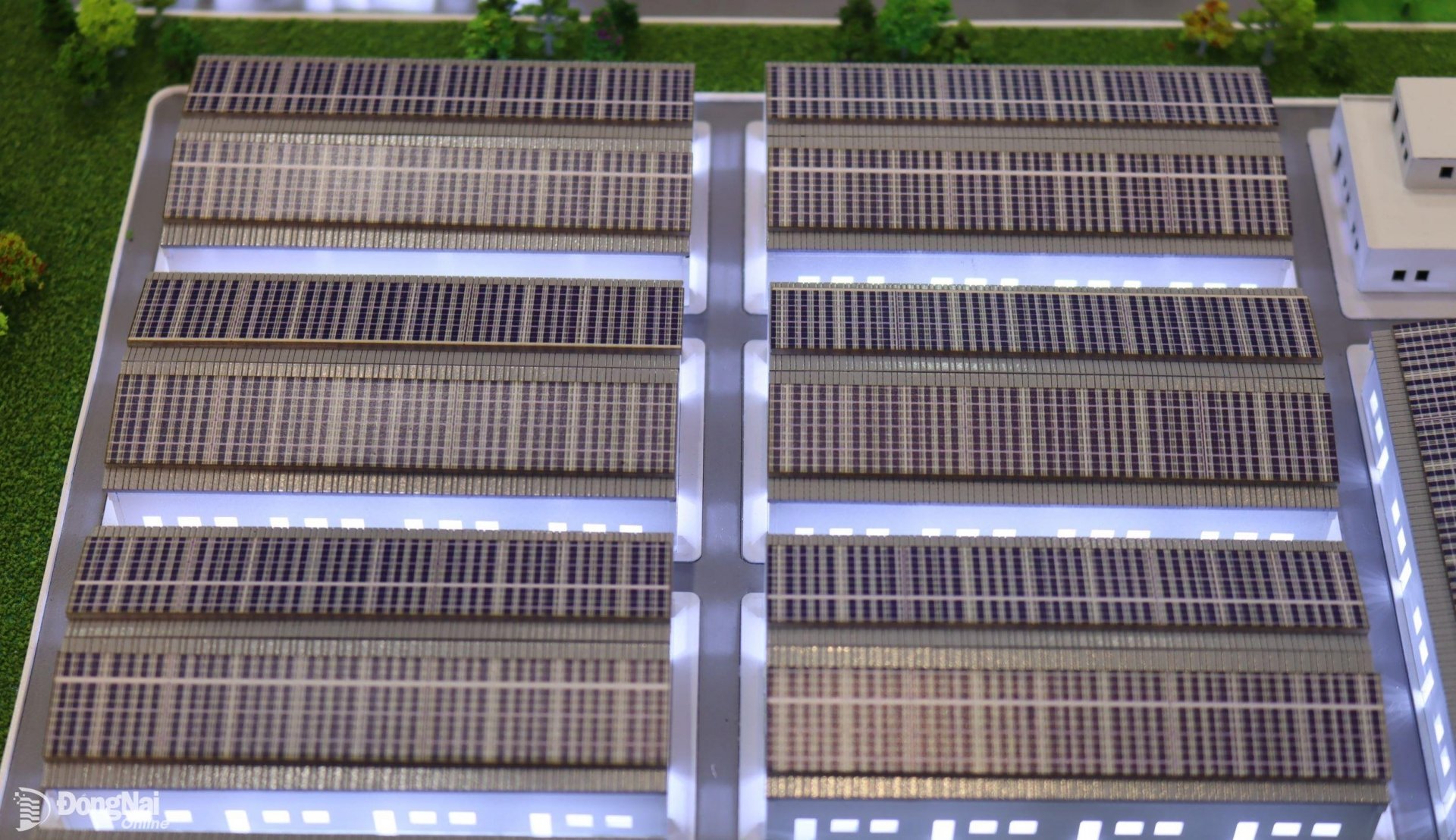
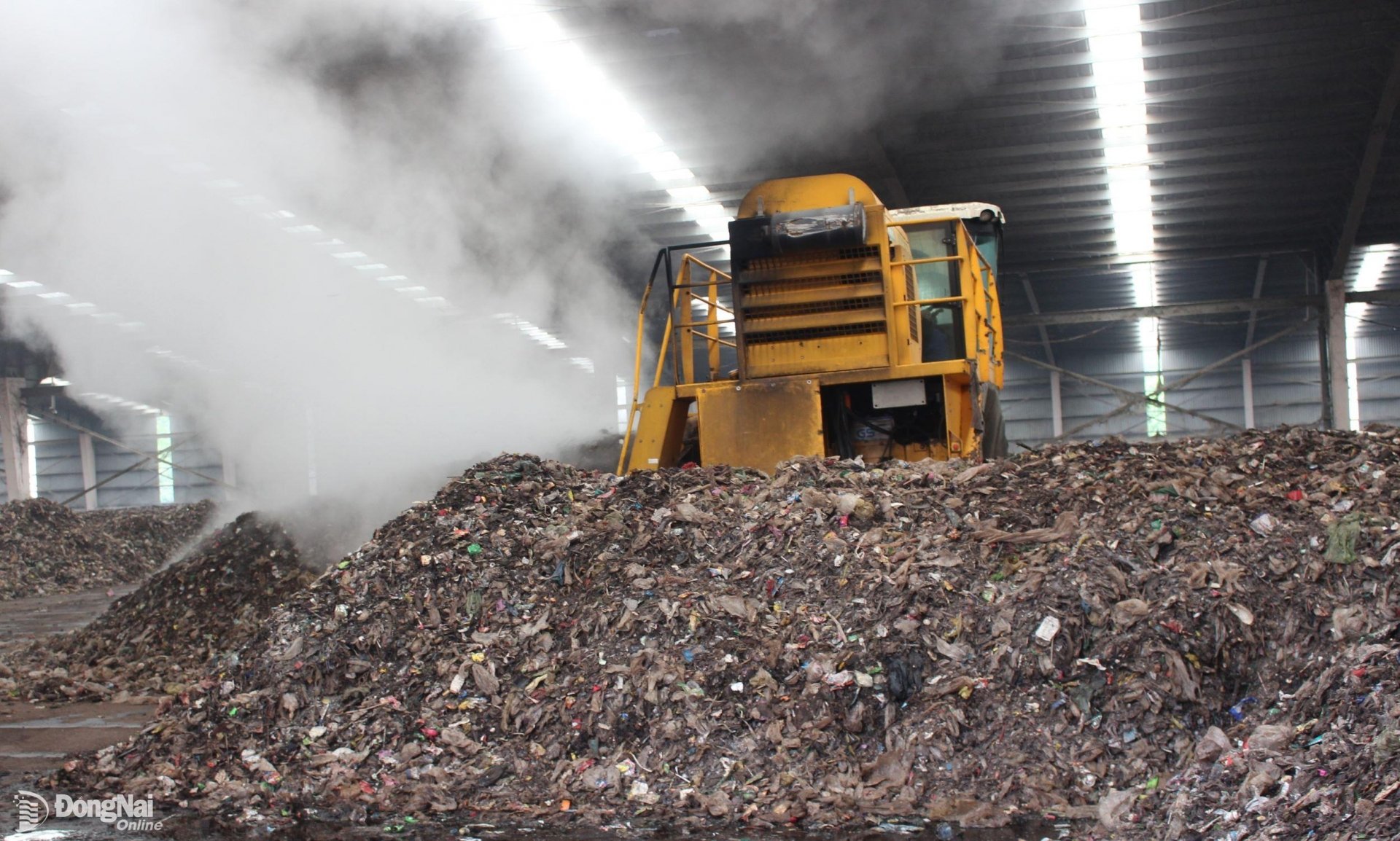
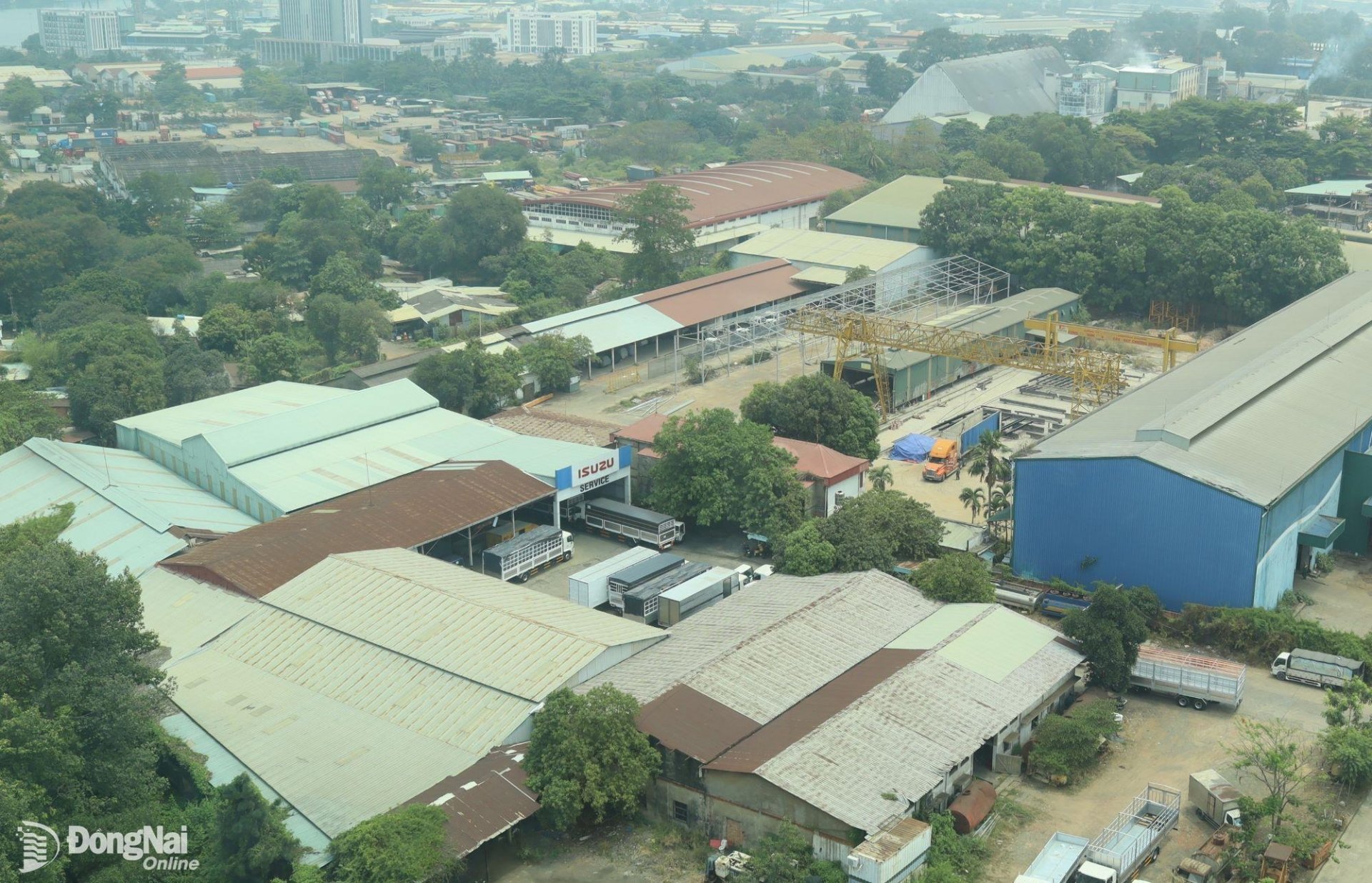
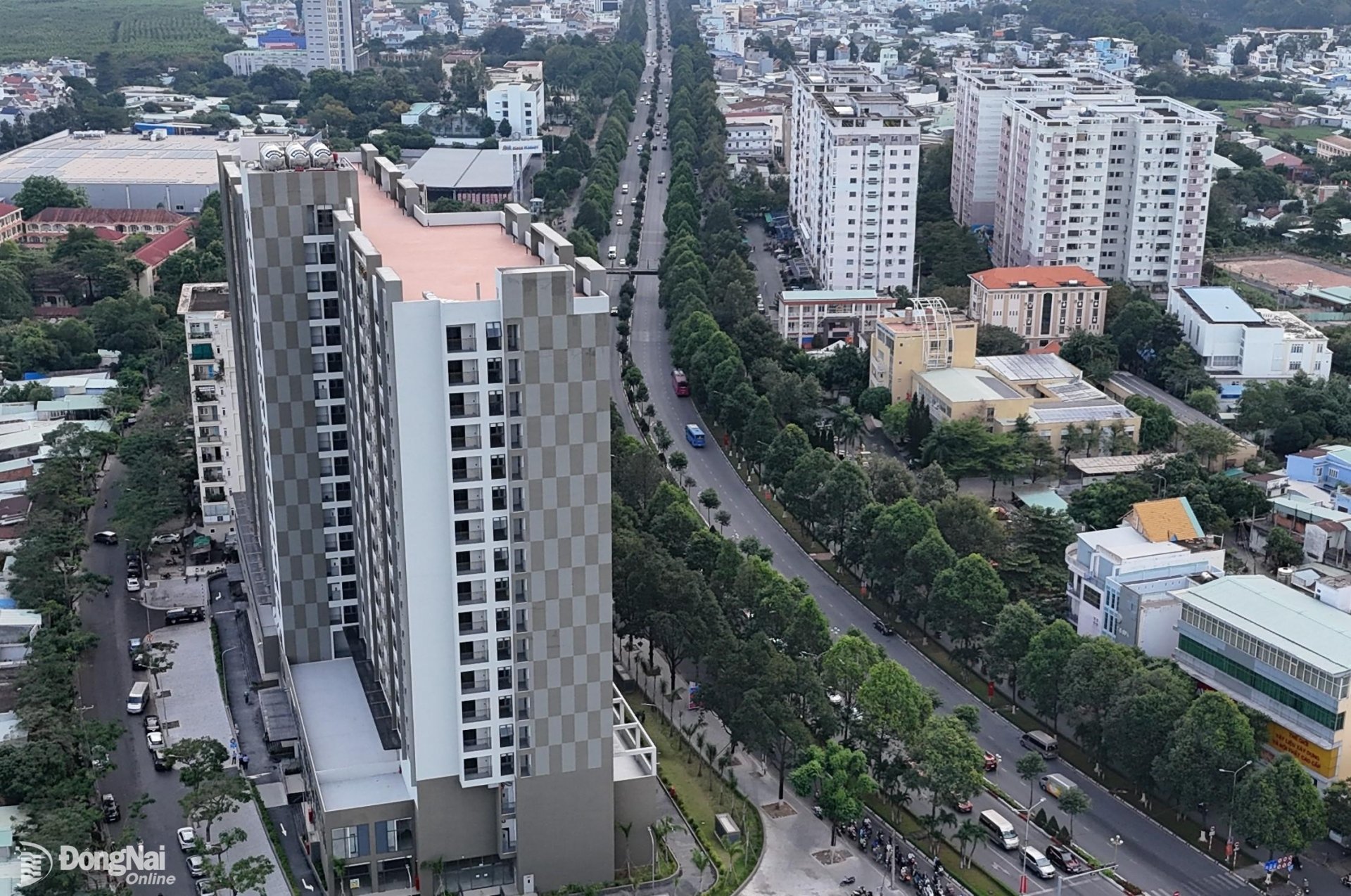
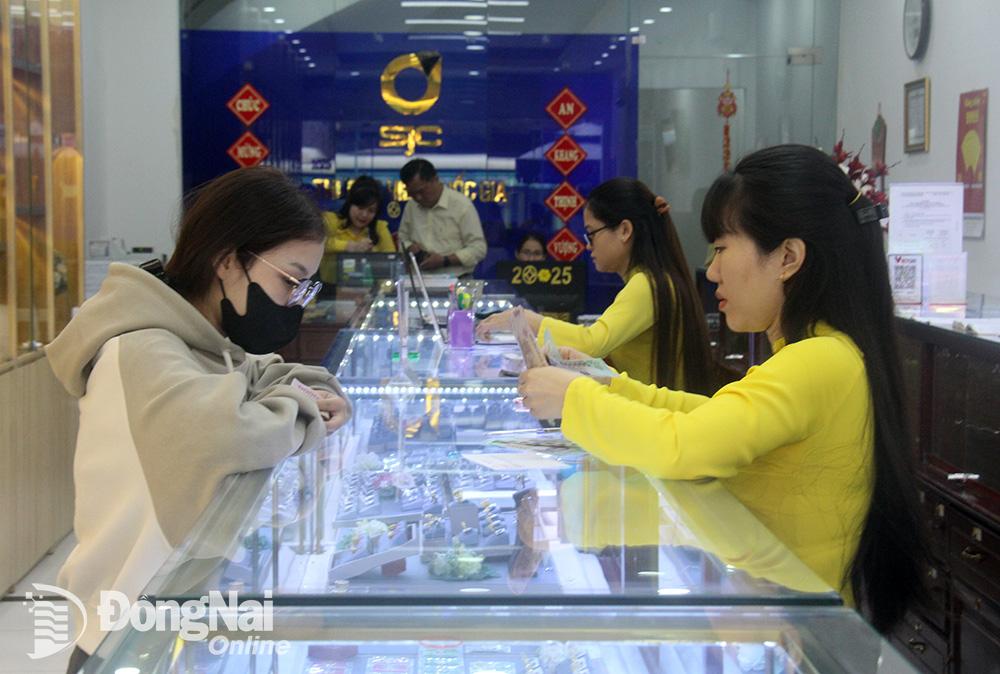
![[Photo] National Assembly Chairman Tran Thanh Man attends the Policy Forum on Science, Technology, Innovation and Digital Transformation](https://vstatic.vietnam.vn/vietnam/resource/IMAGE/2025/4/13/c0aec4d2b3ee45adb4c2a769796be1fd)
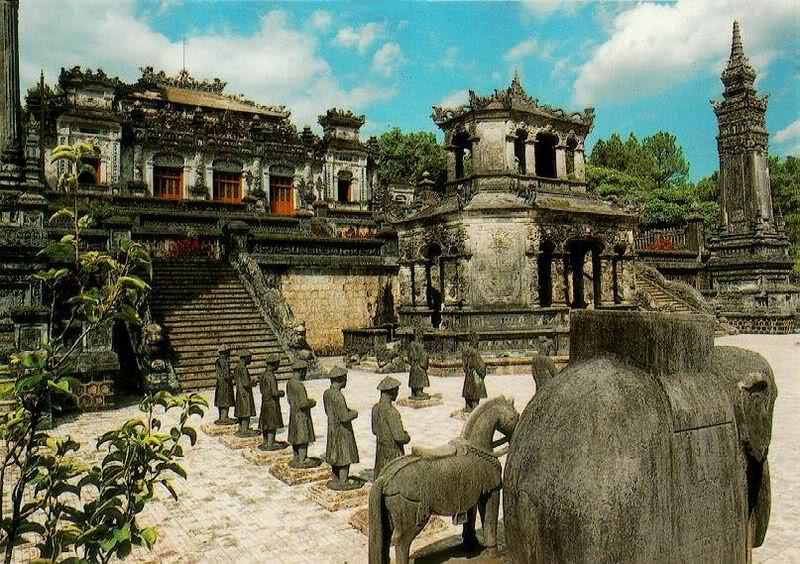

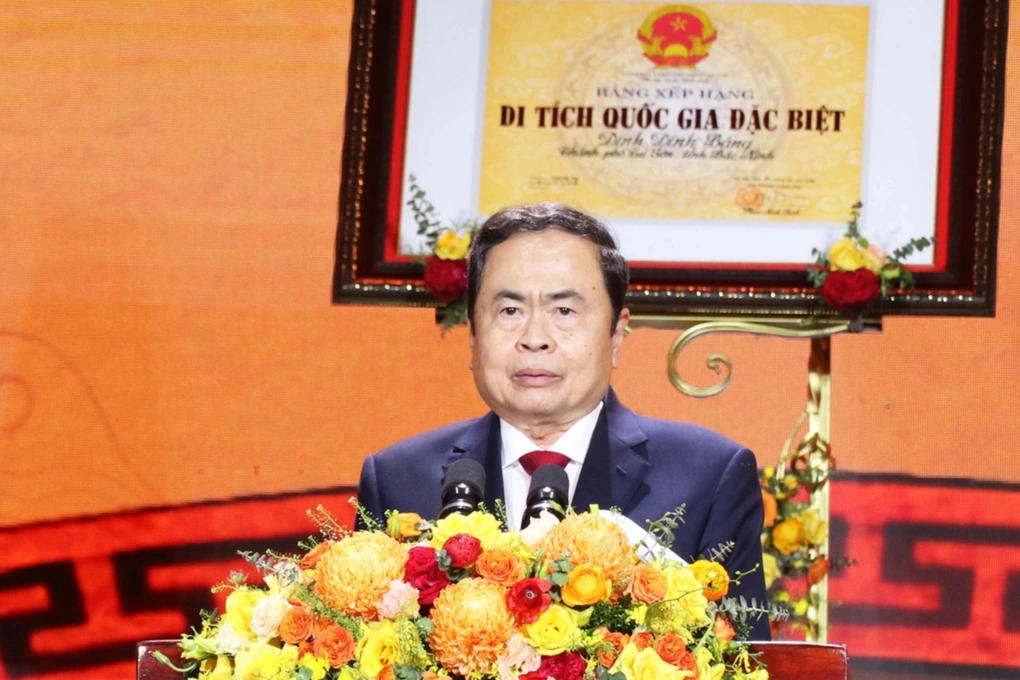

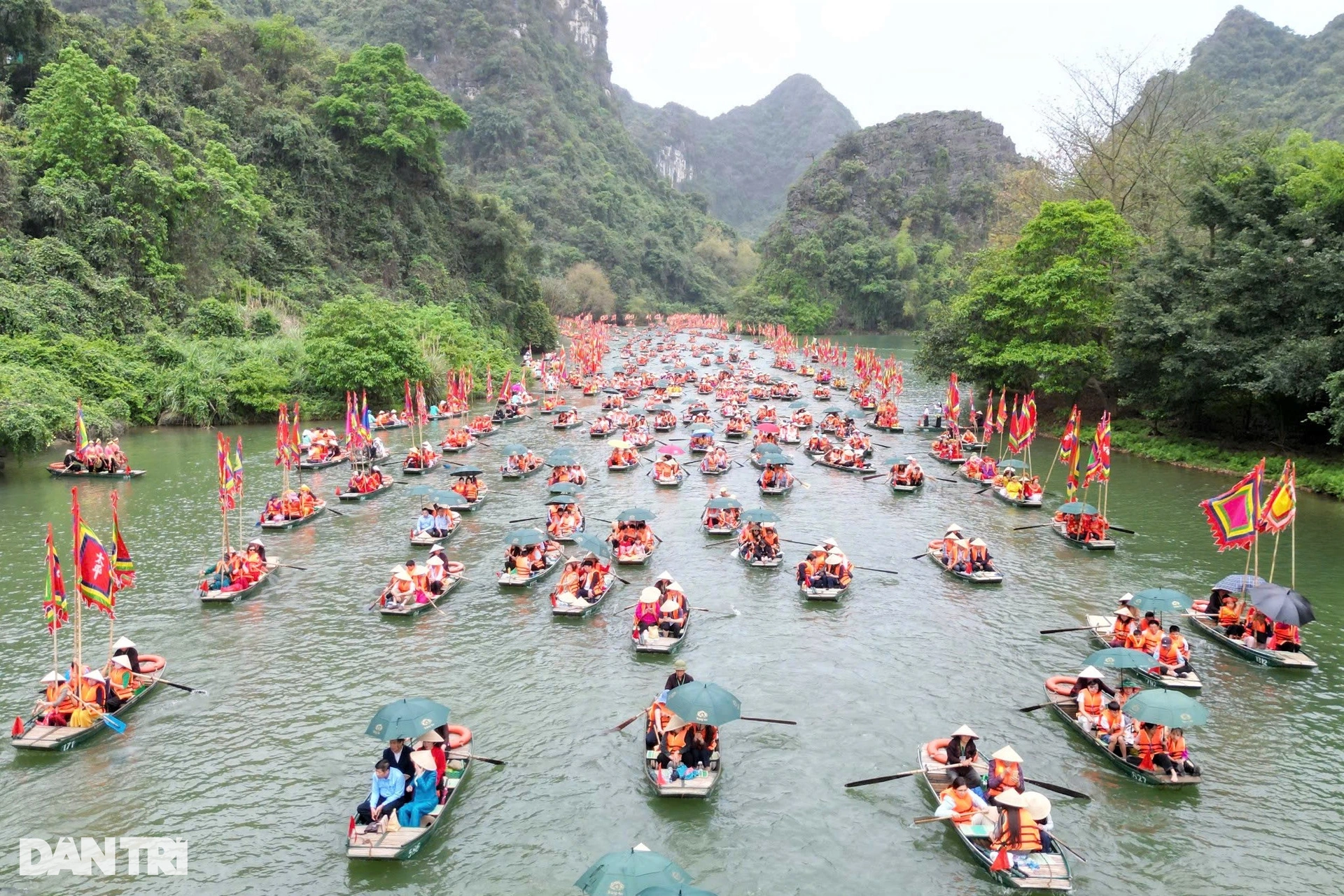







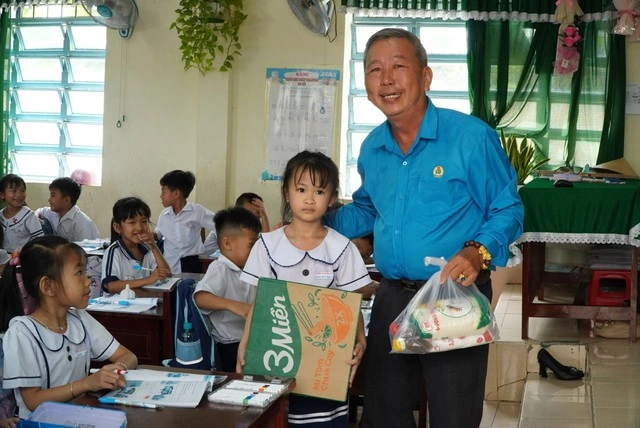

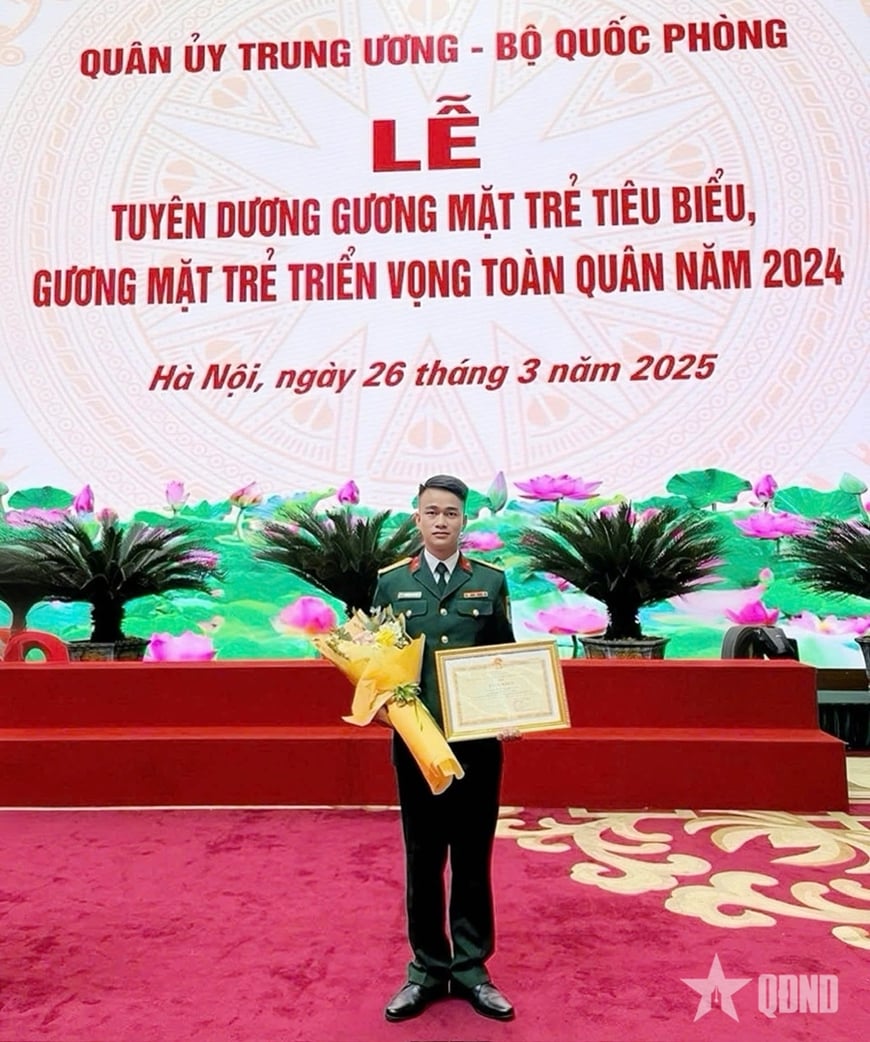

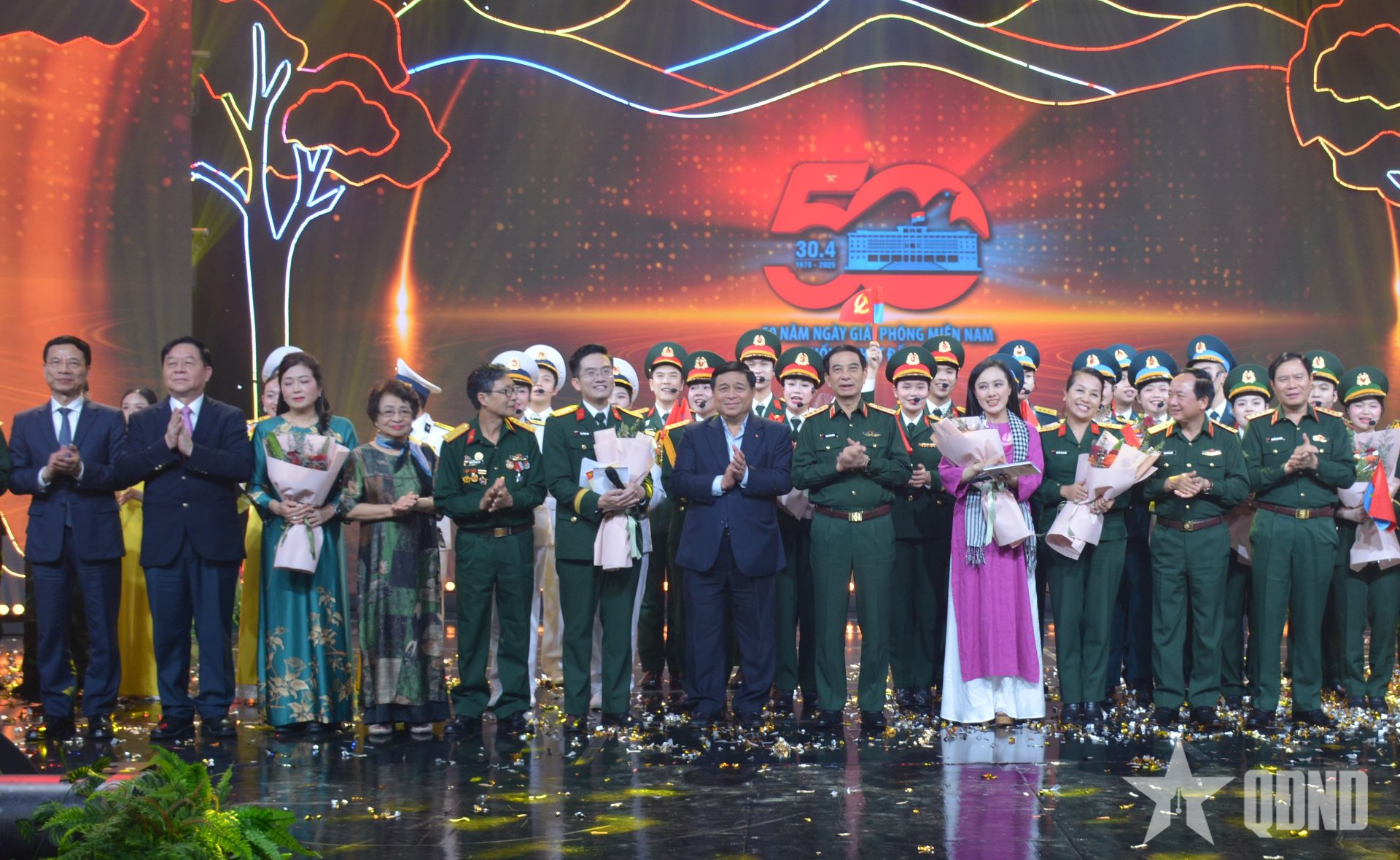
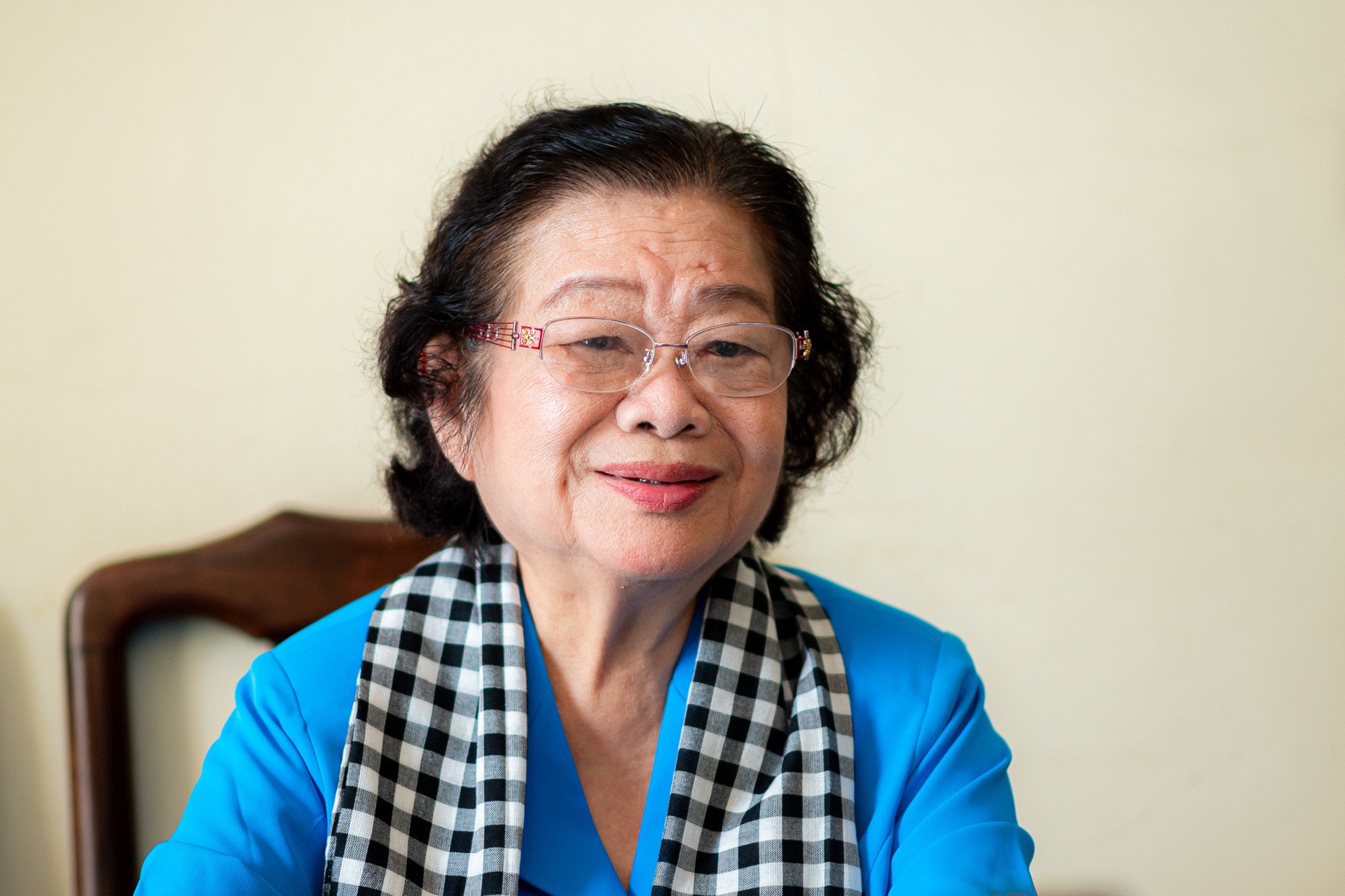

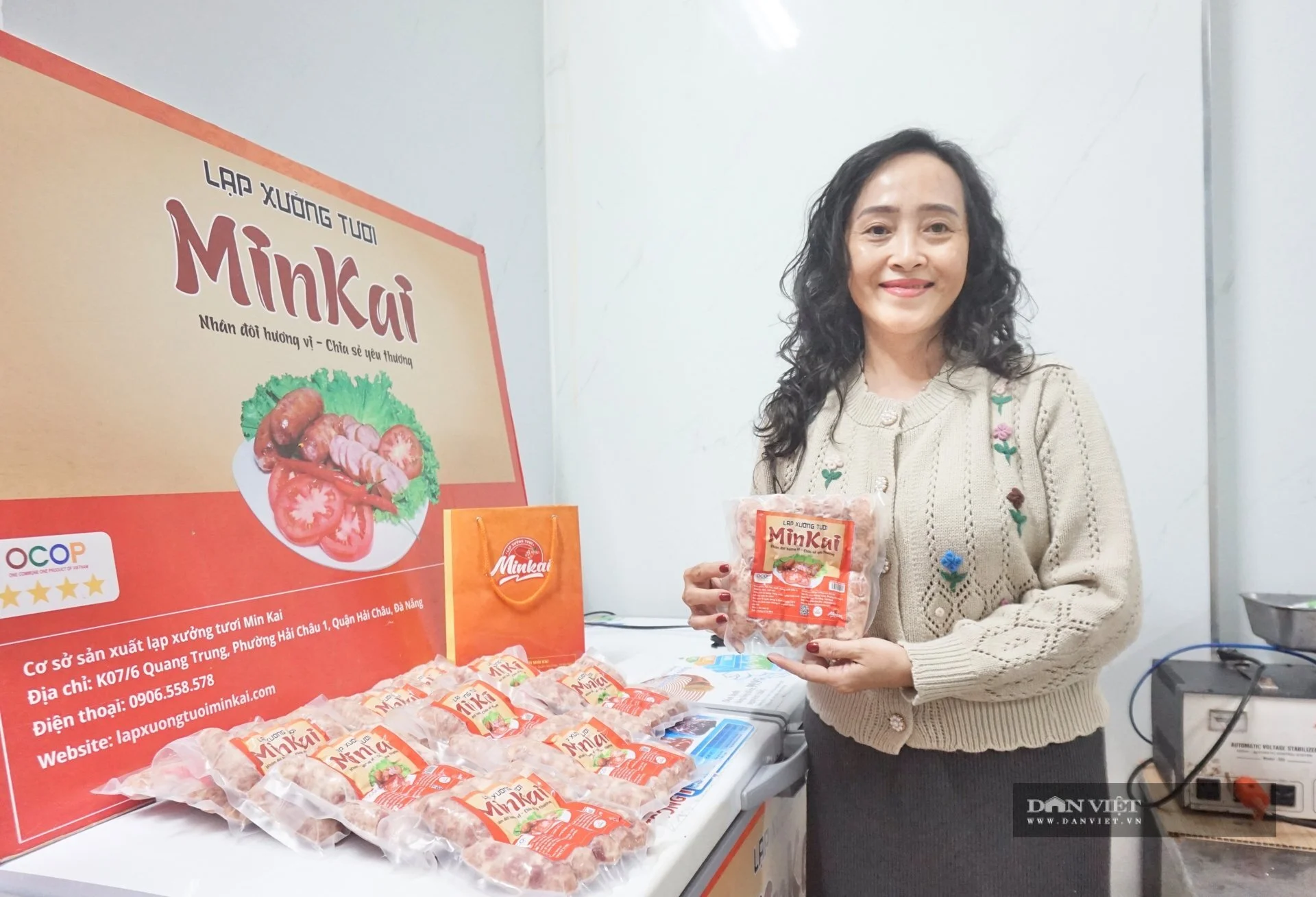












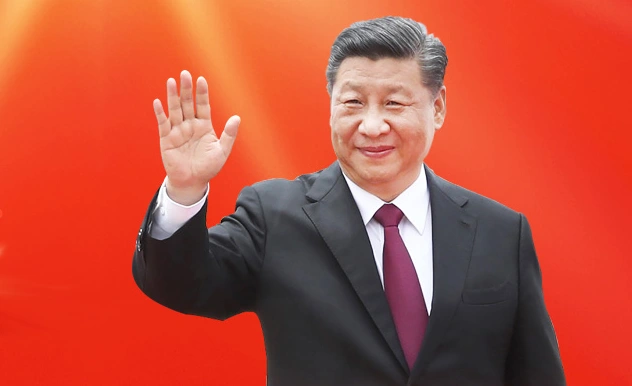
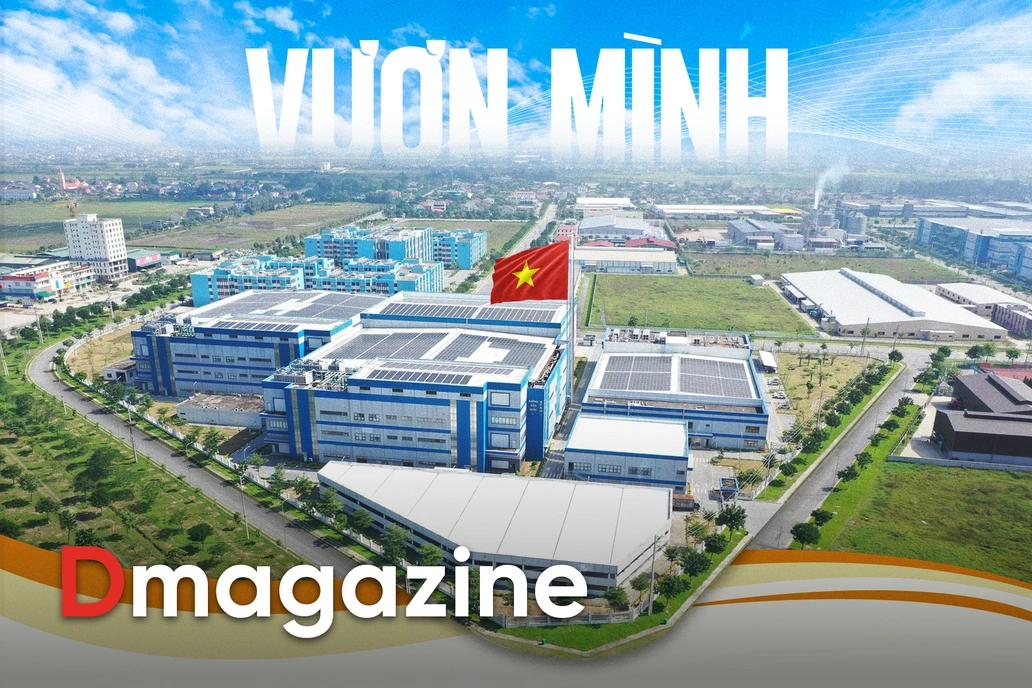
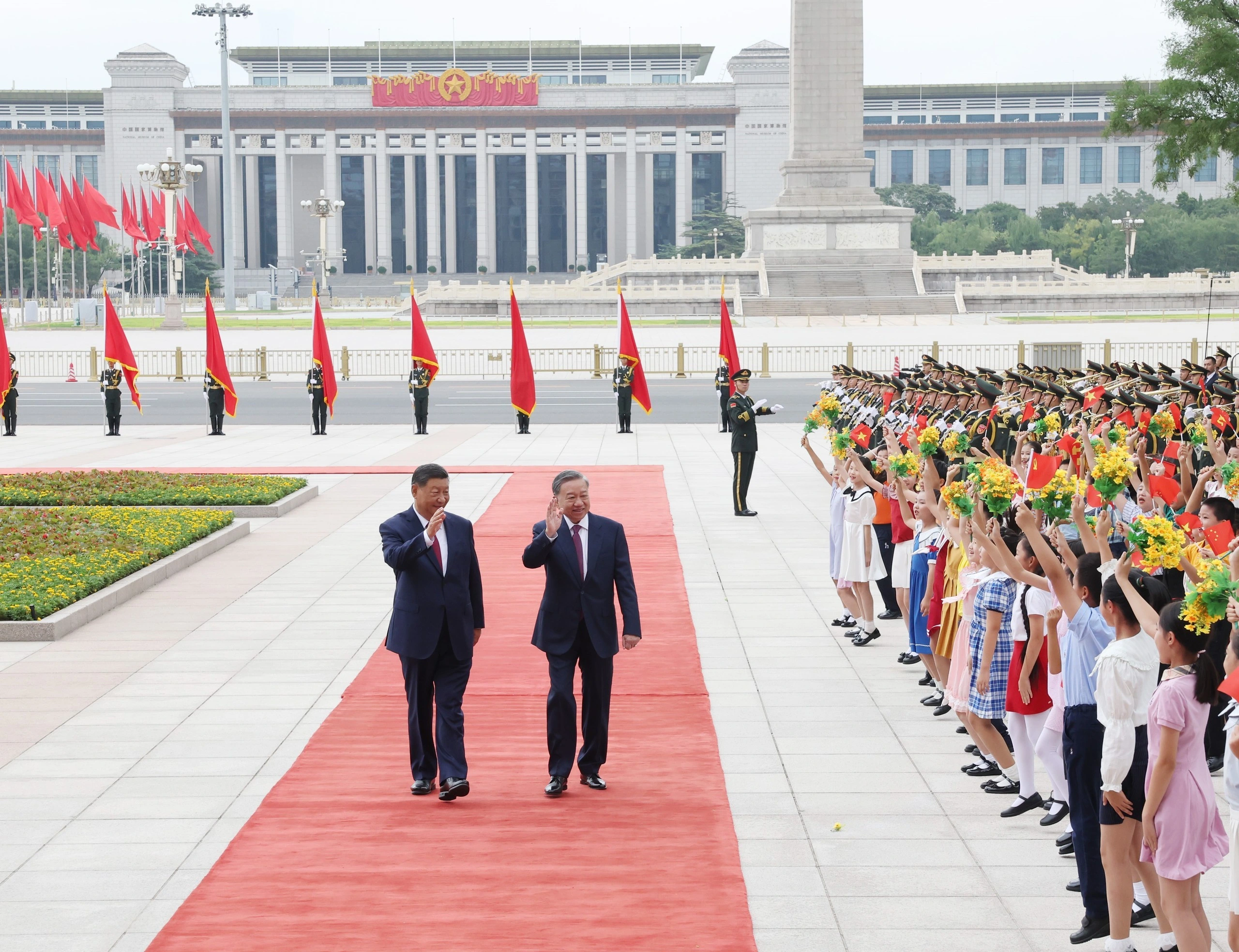
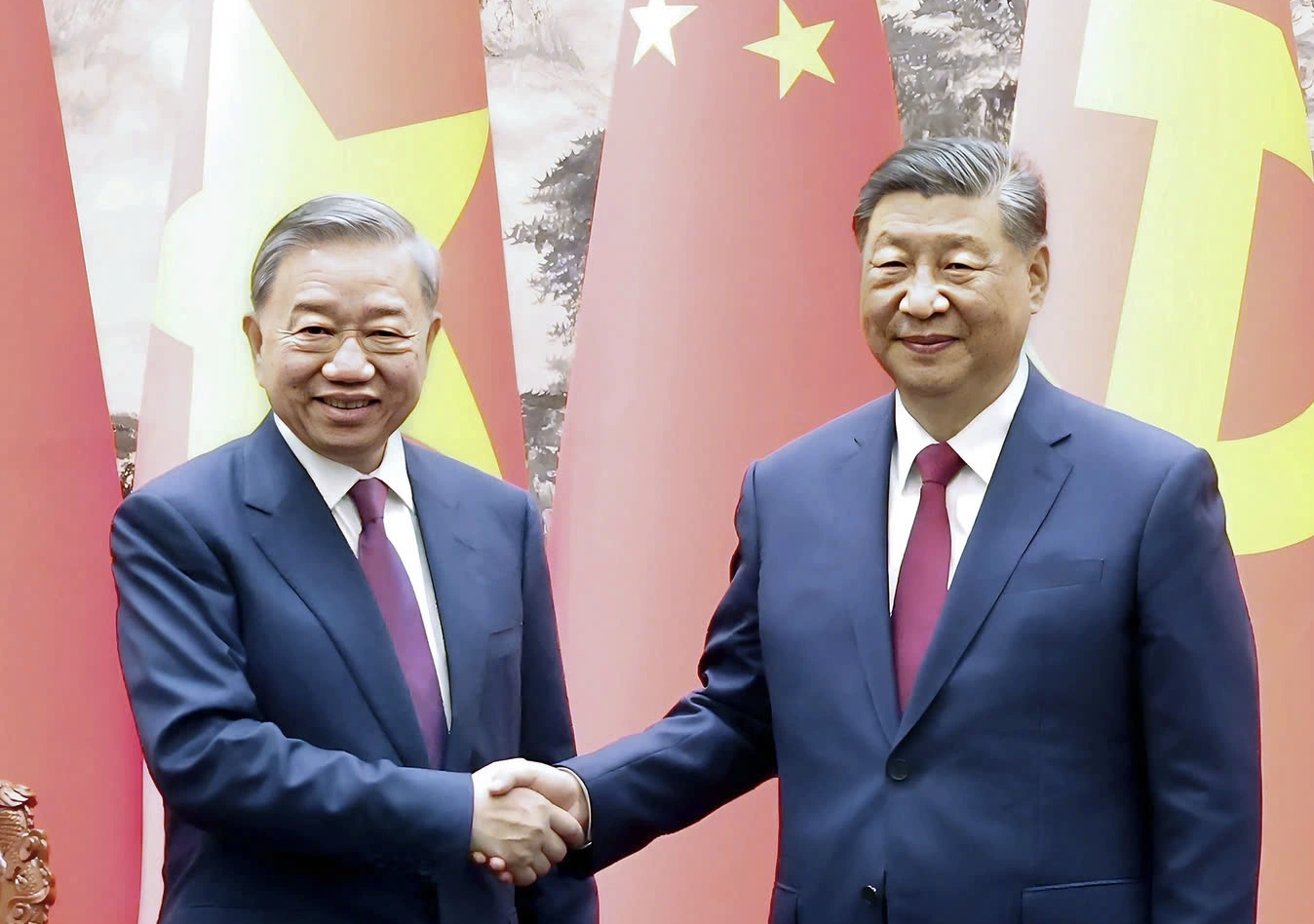
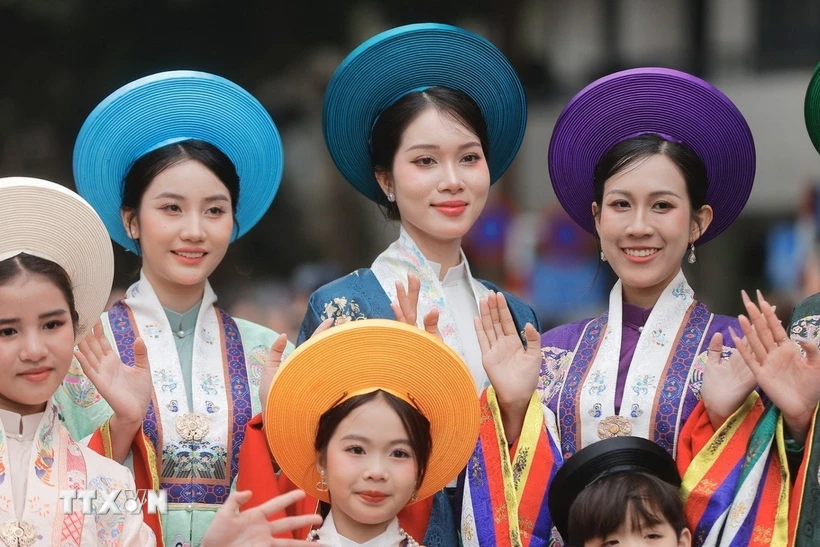

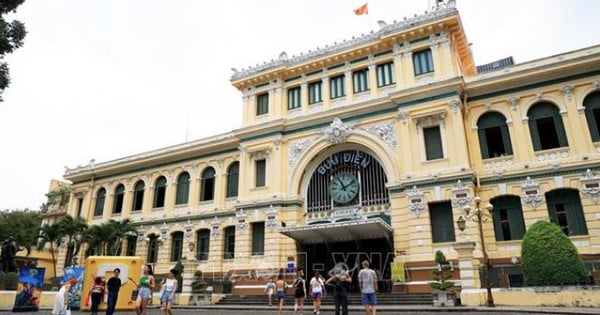

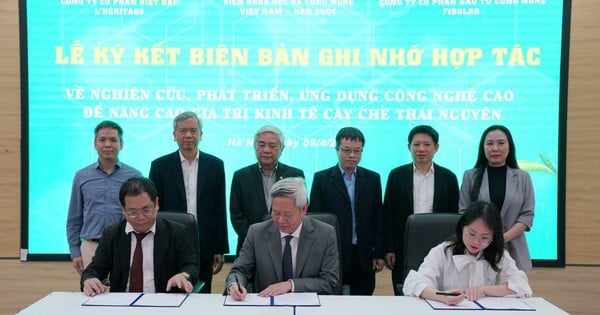

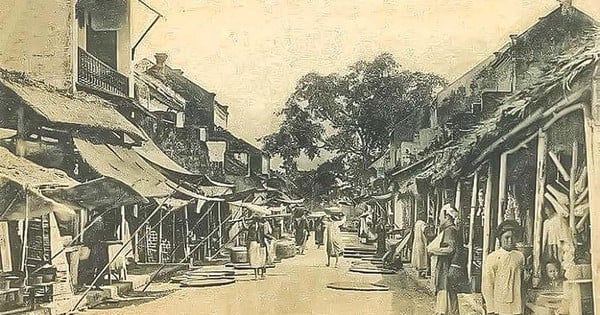
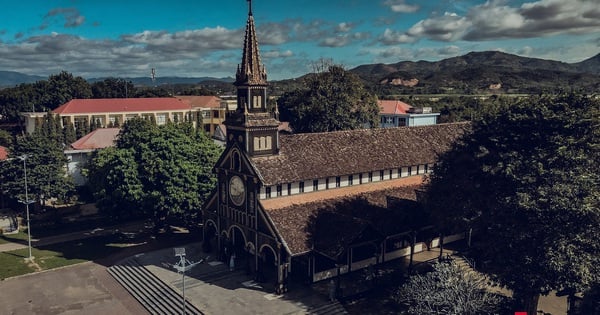
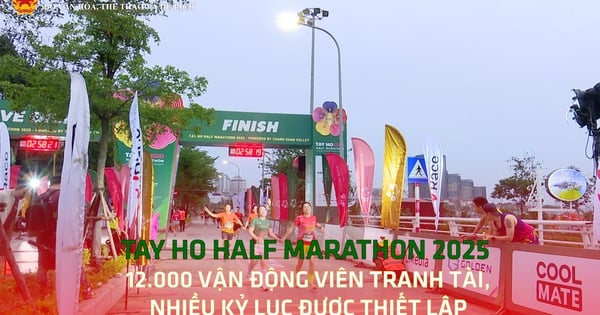
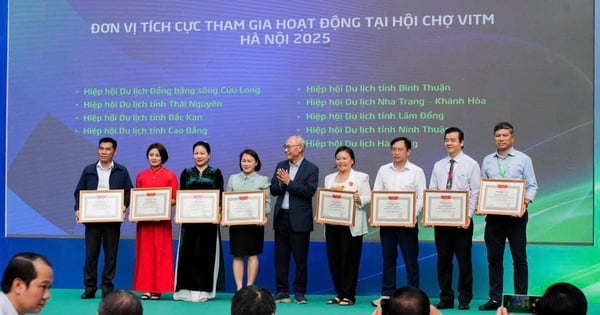
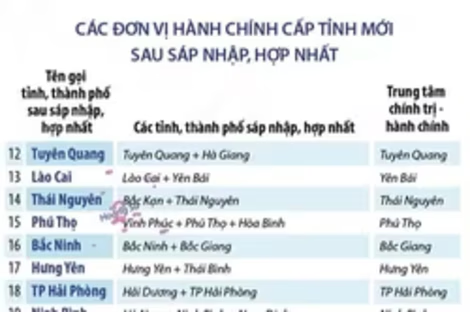
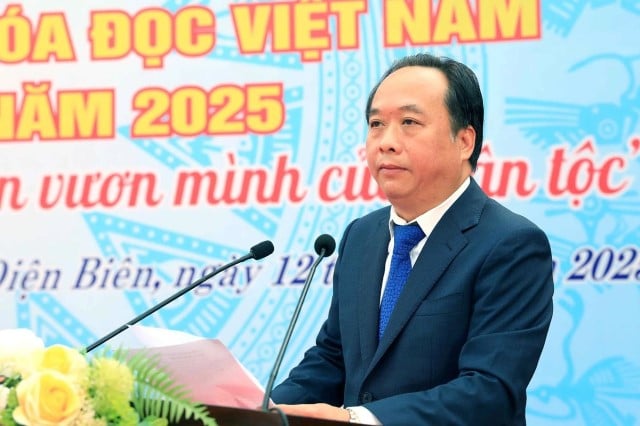
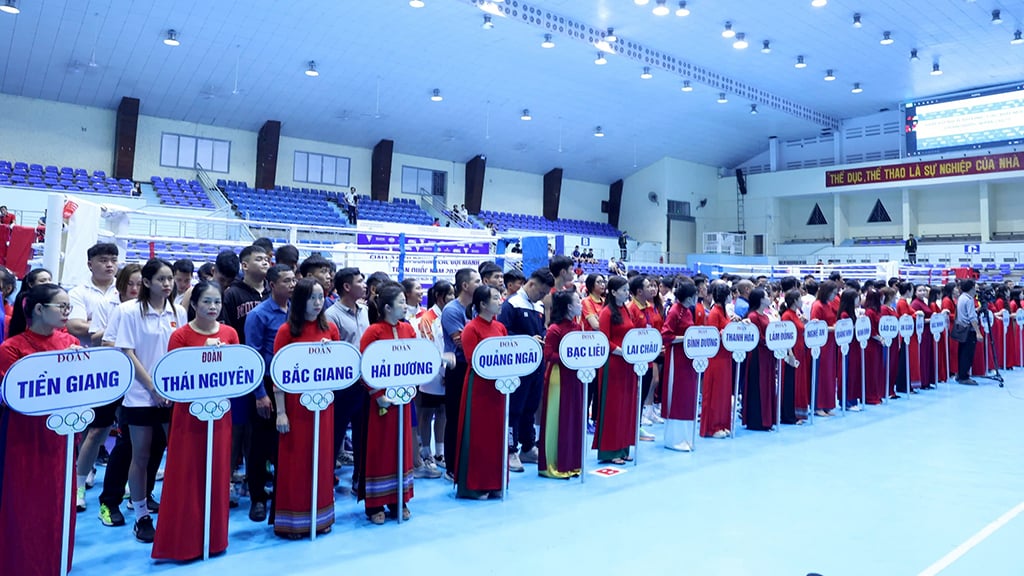
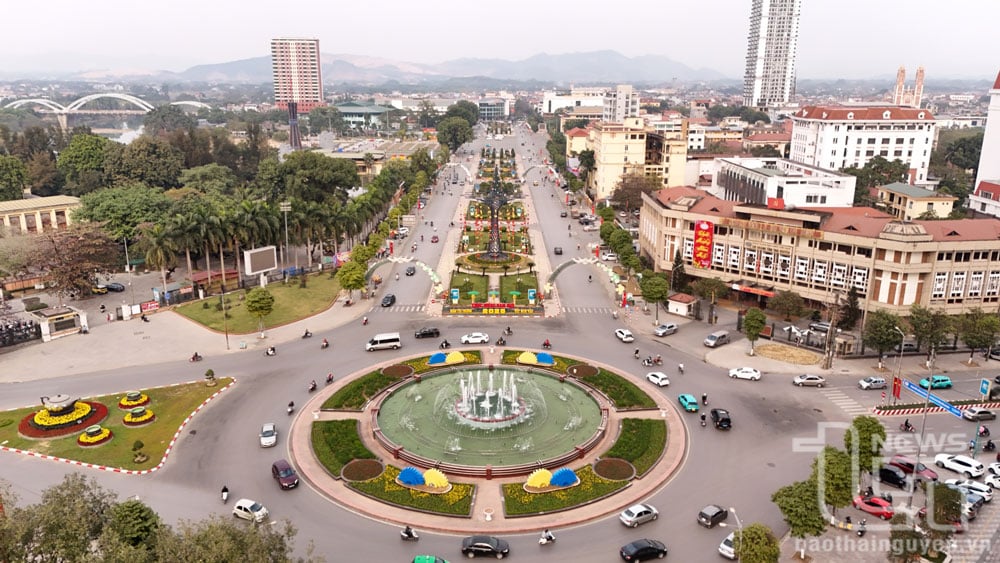
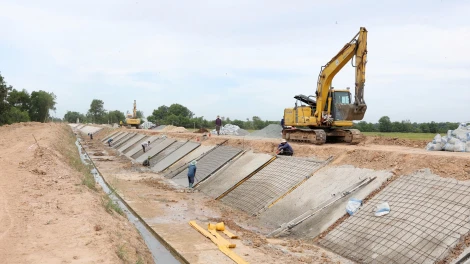
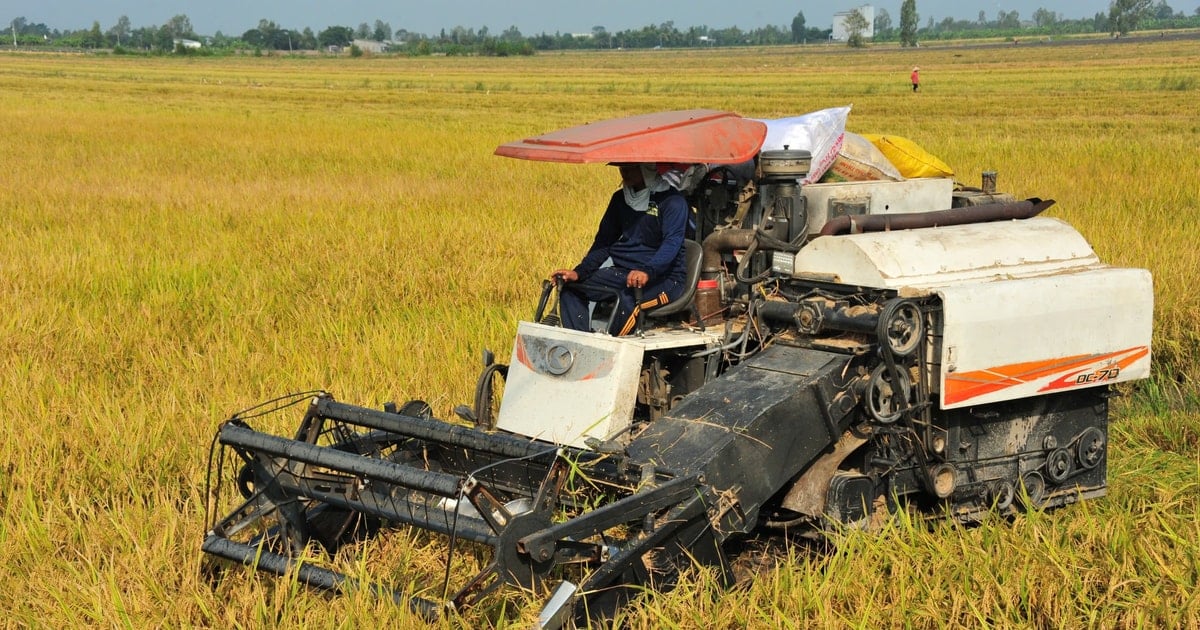

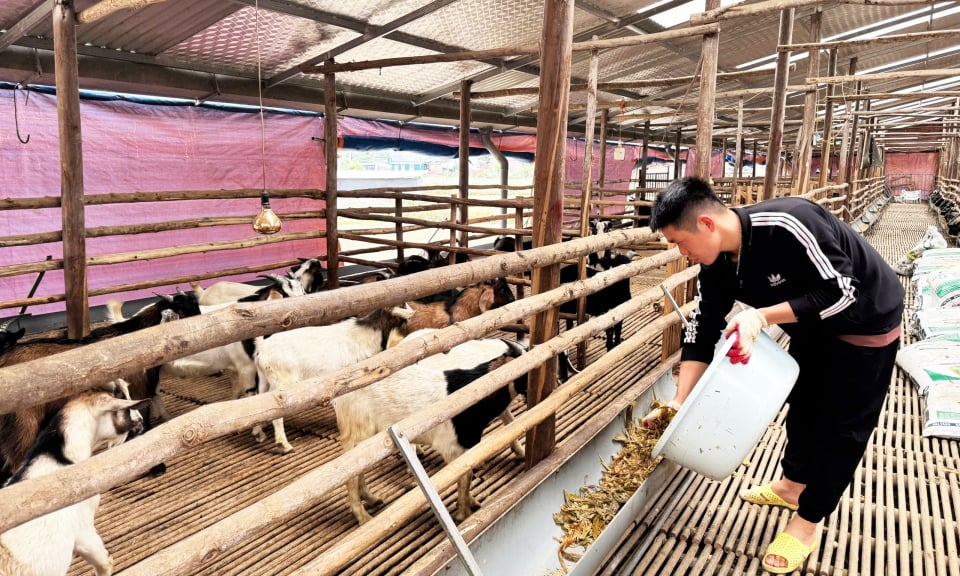



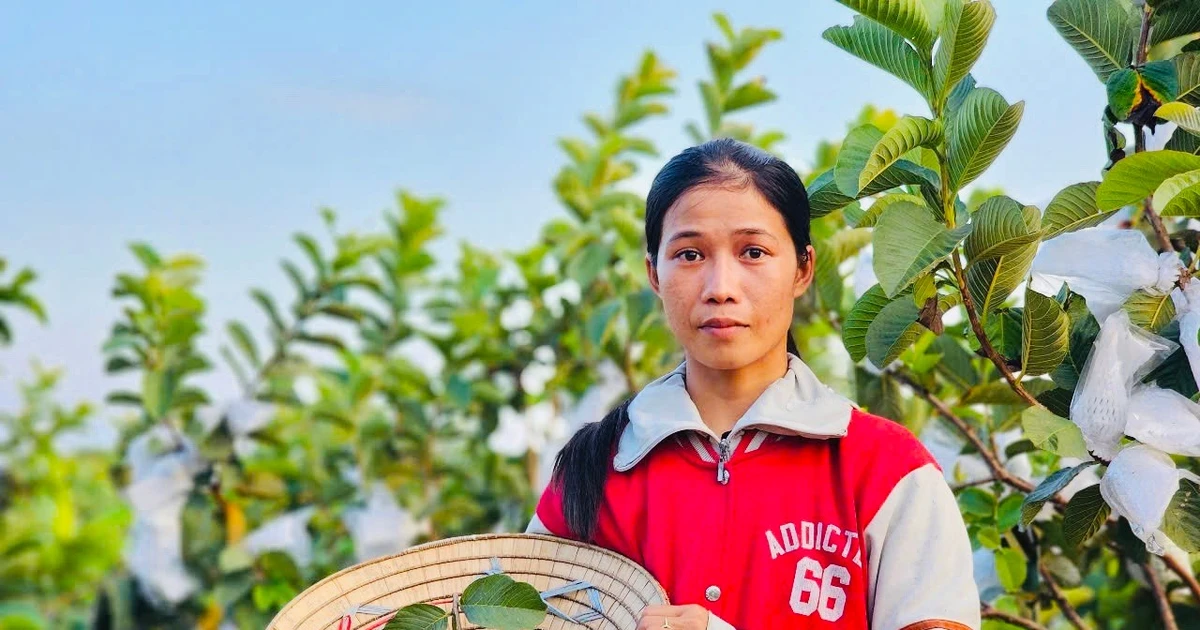




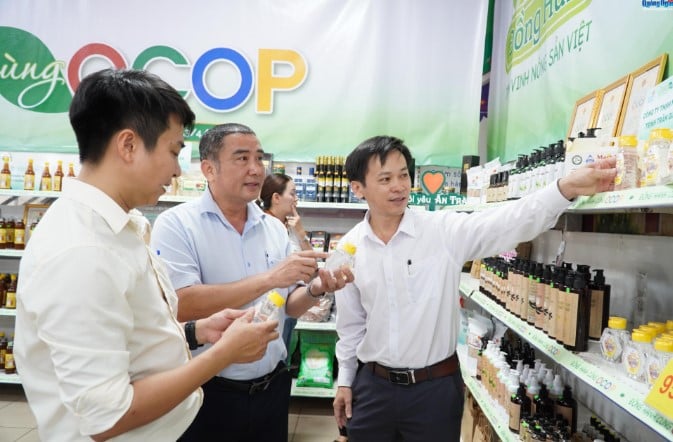

Comment (0)